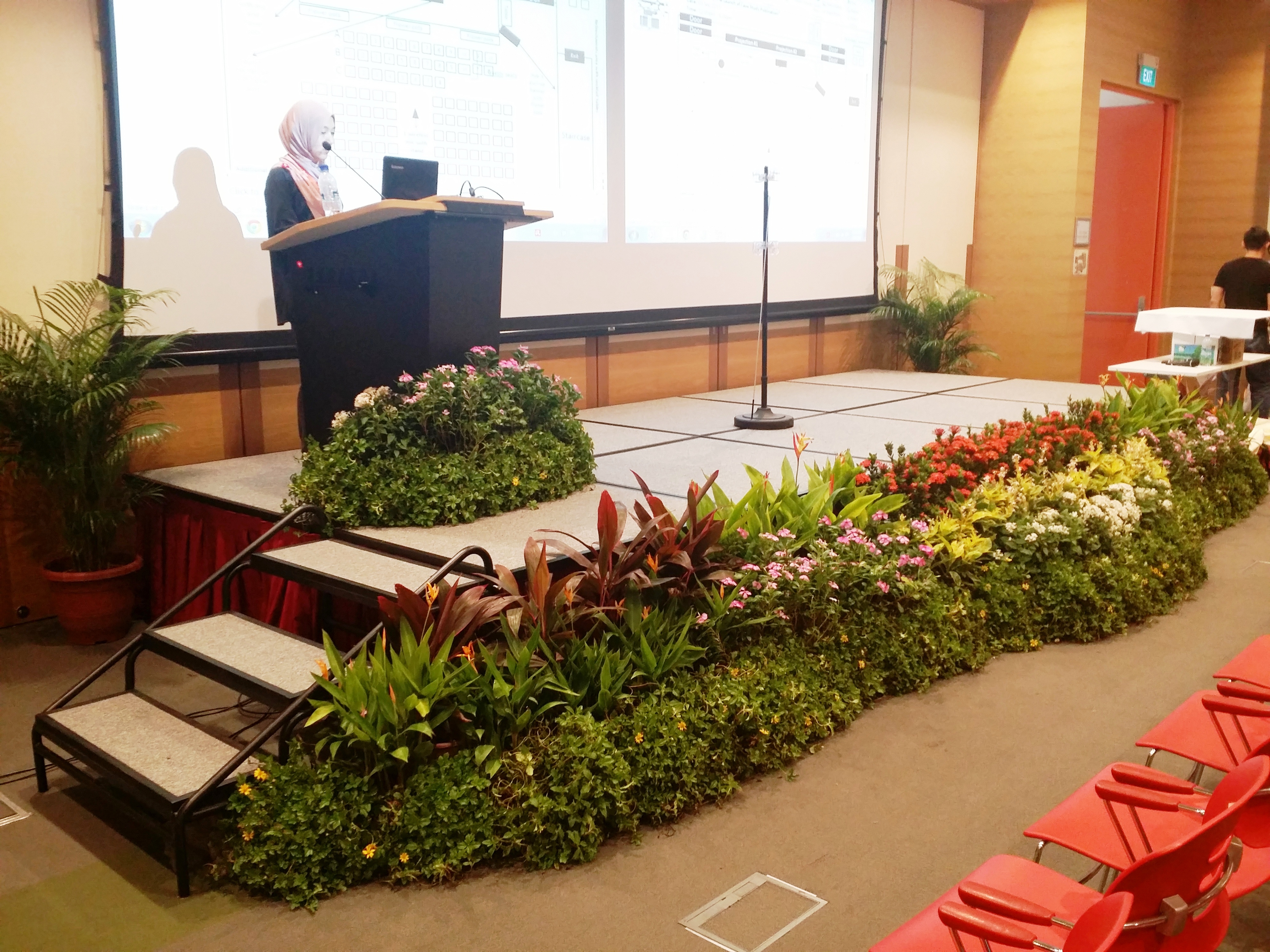November
2009
Koi Pond Maintenance - Need For Regular Partial Water Changes0
Koi Pond Maintenance - Need For Regular Partial Water Changes
Whether it is a pond or an aquarium, regular water change is recommended. Actually, partial water changes and it should preferably not be more than 50% of the water at a time. This is because fish (Koi included) does not like sudden changes to their living environment. This change could be in terms of temperature, pH and water chemistry.
Firstly, why are water changes necessary? Can I rely on my filtration system to remove fish waste and other debris like uneaten fish food, dead insects and plant matters?
A good filtration system should be able to trap solid debris through mechanical filtration and allows you to remove them easily during regular filter maintenance. However, mechanical filtration is not 100% efficient. Some of this debris will remain and settled at the bottom of your pond and filter. If not removed, they will accumulate over time and pollute the water.
A good filtration system should have a biological filter in addition to the mechanical filter. The bacteria in biological filter should remove dissolved fish waste like ammonia by converting them to nitrite, and then from nitrite to nitrate. This is done through bacteria action in the biological filter is known as the Nitrification Cycle. Ammonia and nitrite are harmful to fish and must be removed as soon as possible. Although nitrate is relatively harmless to fish, excessive nitrate when allowed to build up in the pond can still harm the fish. Excessive nitrate also leads to excessive algae growth which is not a pleasant sight although Koi feeds on algae.
Evaporation of water does not remove nitrates and other dissolved matters in the pond. Regular topping up your pond to replace water lost through evaporation is not considered a partial water change.
Water plants remove nitrates. Even if you have some water plants in your pond, it is unlikely that the plants can remove the nitrates at a sufficient rate compared to the amount of food consumed and waste produced by the Koi. Some advanced Koi keepers have explored the use of commercially designed trickle tower system to remove nitrates. These are quite bulky and not inexpensive. Most Koi keepers will resort to partial water changes to remove nitrates.
Besides removal of nitrates and other pollutants, some Koi keepers believe that regular water changes allow their Koi to grow better and healthier as minerals and trace elements useful for Koi growth are replenished through the added water. Koi tends to perk up and become more active after a partial water change.
How to do a water change? How frequently must it be done?
The aim is to maintain a stable pond environment with good water quality for your Koi. Therefore, frequent and regular small amount of water changes of about 10% are preferred over ad hoc and larger water changes. If your filter design allows you to carry out pond and filter maintenance and water changes easily, then a weekly interval should be sufficient. You may want to flush the bottom drains or perform other maintenance of your filter system while carrying out your partial water change.
Even with regular water changes, you should monitor the nitrate levels in your pond. Nitrate cause a slight brownish tint to your pond water. Other symptom of excessive nitrates is excessive algae growth! The most accurate way is to measure nitrate and water quality using a water test kit. Commercially available water test kits allow you to measure parameters like pH, nitrite, nitrate and oxygen levels. Nitrate level should be less than 25 mg/litre. Ad hoc water change is still needed if the water quality if not up to the mark.
Water that is removed will have to be replaced. If you are refilling your pond with tap water from the utility company, you will have to consider the additives to the water. The tap water contains chlorine to kill germs and it is also a fish killer. The chlorine will dissipate from the water naturally after a few hours. Depending on the water you are getting from the utility company, you could potentially do small percentage (less than 20%) of water change without using dechlorinator and not kill your fish. If you have an option to increase aeration to your pond like turning on a fountain or venturi pipes, you should do it. Aeration helps remove chlorine. Refilling the pond through a spray hose helps provides aeration and dissipation of the chlorine from the water as well. If you have to perform larger amount of water change, a dechlorinator to remove chlorine is strongly recommended. In any case, it is better be safe than be sorry.
Jeffrey Lee keeps Koi as a hobby and lives in Singapore.
Visit his website at http://my3ponds.blogspot.com where he shares his experiences with constructing and maintaining his 3 Koi ponds over the past 13 years. The site contains pictures of his ponds and Koi.
Article Source: http://EzineArticles.com/?expert=Jeffrey_HS_Lee



 ADV SIZE 160x160 USD180
ADV SIZE 160x160 USD180














